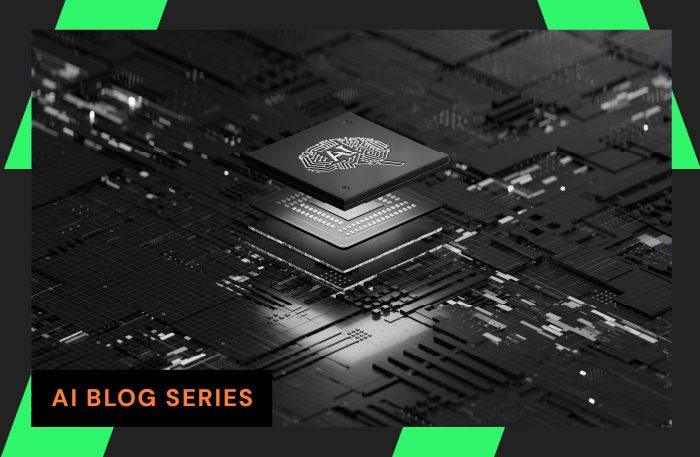Contents
The Challenge
NSW (New South Wales) Health includes 12 hospitals and approximately 22 Community Health Centers located throughout the Northern NSW Local Health District in Australia. The Northern IT team is responsible for managing network, server, Wi-Fi and PC support duties across the entire network. The team also manages the point-to-point microwave links, security radio and paging systems, and the IT infrastructure behind the Building Management System, which includes 1,800 wireless access points (APs) with more APs being installed in the near future.
NSW Health was experiencing issues with the response times of its Real Time Location Service Duress Tags (from Ekahau), which are worn by approximately 600 staff members at hospitals and community health centers in the Northern District. The tags allow staff members to discreetly raise an alarm if assistance is required, whether they are located in a hospital or in the parking lot. When a tag is activated, it silently notifies others across the network with an alert message.
All the tags are tracked by security in real time. When an alert is raised, a large red dot appears on a map with additional information about the alert. A message is then sent to any other tags in close proximity, with the location of the alert displayed in text. Alert messages are also forwarded via paging and SMS services to appropriate personnel. The system also tracks the location of the duress tag, in case the staff member has moved.
The IT team was receiving a high volume of complaints from a Health Center located in Ballina (just south of Brisbane). There seemed to be issues with Wi-Fi and roaming, which IT assumed was impacting the response times of the duress tags.
“When a staff member hits the alarm button, we expect to see a response or alert raised within 3 seconds. However, in Ballina, where they have some 150 tags, we found that the alerts for some of the tags were actually coming in 3 to 4 minutes after being activated. This isn’t acceptable given that duress situations require a fast response time,” said Kevin Allen, Network Manager at Northern NSW Local Health District.
The Solution
To identify and troubleshoot the poor performance issues associated with the duress tag location services, the Northern IT team purchased and installed Omnipeek™, Savvius’ award-winning network protocol analysis and troubleshooting software. The team was immediately able to capture packets traversing the local network and Wi-Fi.
In real-time, Omnipeek was able to quickly show the team where packets left one AP and tried to reconnect with another one. This indicated where the access was failing across the network and allowed the team to confirm that the Wi-Fi in Ballina was active, with a good signal, but that there was an issue with the actual AP connection. As Allen noted, “The APs were saying ‘go away’ and were not letting authentication packets through. Once Omnipeek enabled us to see this, we knew exactly where to look.”
Omnipeek delivered the visibility needed to isolate the AP controllers as the problem. After reviewing the settings, the team found if it received more than 20 clients, the AP would reject the next client 3 times in order to try to push the session to another AP.
“Without Omnipeek, we could only see the symptoms and from there we had to try and guess what was happening in the background. With Omnipeek, we can actually see the packets. We could see the client trying to connect to the access point and being rejected. Previously, the access point was simply saying ‘No, I am not going to let you come in.’ We had no idea that was happening or why.”
– Kevin Allen, Network Manager, Northern NSW Local Health District
Benefits
Omnipeek helped isolate that the lag times associated with the duress tags were actually a load balancing problem with the APs.
“Without Omnipeek, we could only see the symptoms and from there we had to try and guess what was happening in the background. With Omnipeek, we can actually see the packets. We could see the client trying to connect to the access point and being rejected. Previously, the AP was simply saying ‘No, I am not going to let you come in.’ We had no idea that was happening or why,” said Allen.
“Omnipeek enabled us to grab the packet data and assess what was going on – and then get to the root of the problem. Without it, we would probably still be scratching our heads. It was a great help in identifying the cause of the problems we were experiencing, and it also highlighted a few issues with the system which have now been rectified by applying new settings. This has led to great outcomes for both our staff and patients,” concluded Allen.
NSW Health has done further testing since changing all the settings and Allen is happy to report that the tags now respond within 3 seconds.
About LiveAction®
LiveAction provides end-to-end visibility of network and application performance from a single pane of glass. We provide enterprises with confidence that the network is meeting business objectives, full network visibility for better decisions, and reduced cost to operate the network.




